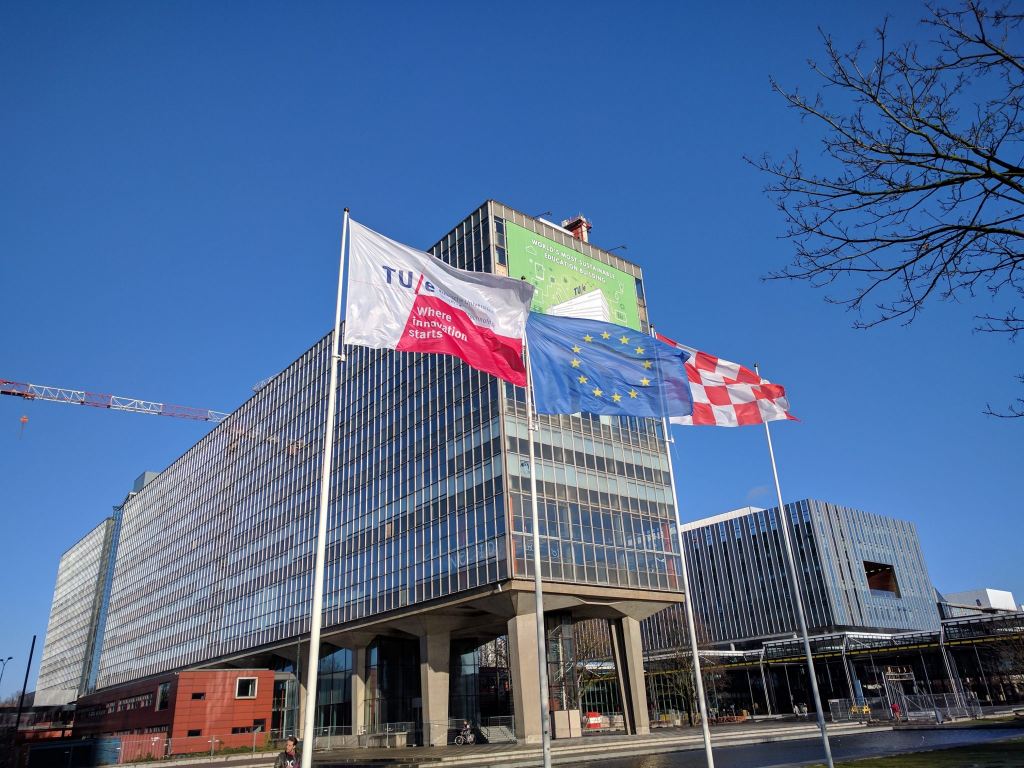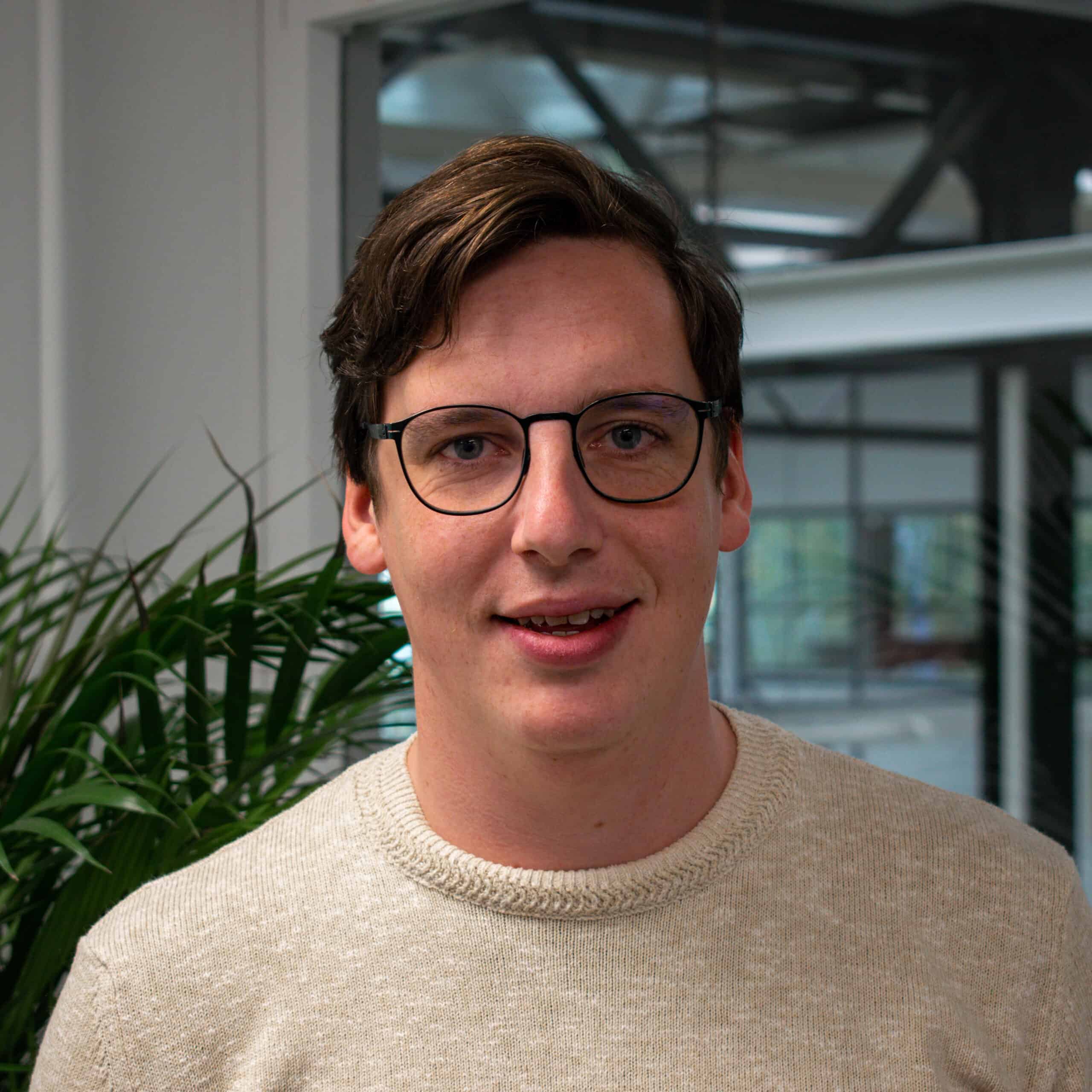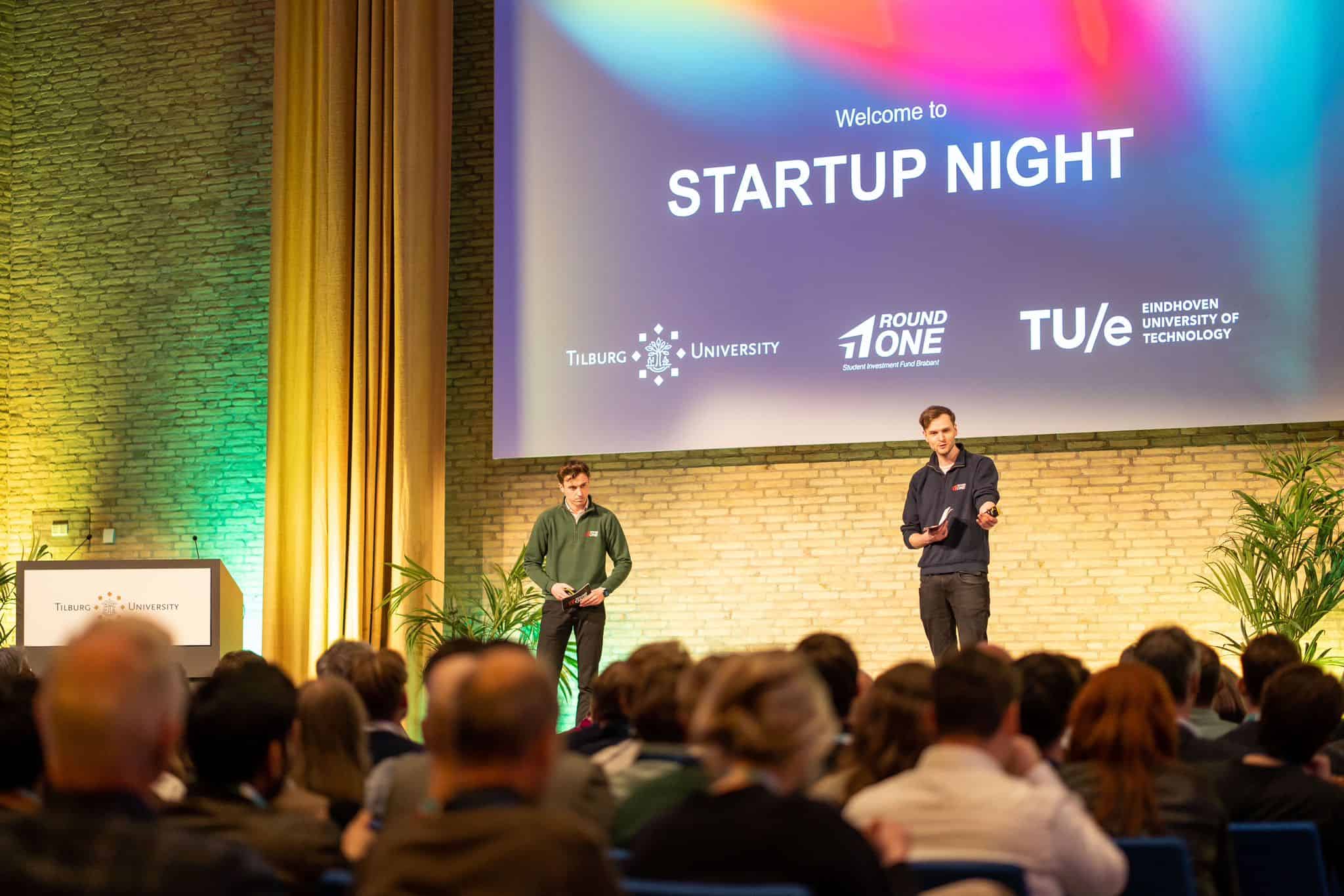
Thanks to a clever mix of high-tech, design and knowledge, Brainport Eindhoven’s position has become more powerful than ever in recent years. The region has thus become a leader in the areas that are seen worldwide as crucial to solving tomorrow’s problems. Energy, mobility, food supply, health care, in all these themes Brainport Eindhoven is involved at a global level. And there is one place where all these activities come together: The Eindhoven University of Technology. The breakthroughs were either created or stimulated there, but in all cases, the world would have looked literally different without TU/e.
That this has been able to develop in this way has everything to do with the university’s choice to be more than just a place for research and education. A substantial part of the importance of TU/e to society stems from its valorisation: adding social value based on the university’s core activities. With the TU/e Campus, the Eindhoven University goes further than the sister institutions, as evidenced by the number 1 position in the field of cooperation with the business community, which has been held worldwide for many years.
A clever mix of companies and research institutions that make use of a network of students and scientists and share knowledge and facilities is decisive in this respect. Including the right people to make such a system of cooperation function optimally. After all, this is also evident time and again when delegations from the furthest corners of the world come to wonder how Eindhoven has done it: all parts of the system can still be copied in themselves, but that does not apply to the people who make it all work. And that is precisely where the unique value of Brainport Eindhoven as a whole and the university community in particular lies.
In a series of five stories, we will delve deeper into the foundation that makes all this possible. We show why the university is so important for the region and what the TU/e Campus adds to the city and its surroundings. We present the companies that have emerged from the university and show what partnerships there are and what their impact is on the economy and society. Today the introduction, with the figures on the role and value of the TU/e.
Read all the articles in the series here
The TU/e has grown strongly in recent years. Ten years ago, there were still some 7,000 students studying, now there are more than 11,000. And the growth isn’t slowing down, even though there have recently been announcements of freezing of admissions for four courses. But a university is much more than just students and professors and does much more than just education and research. The TU/e Campus, in particular, adds a third to these two classic tasks of a university: valorisation. This involves making scientific knowledge available to industry and society so that it can be put to good use. The TU/e Campus is, therefore, an ‘engine for innovation’. Young technical talent as a fuel for the modern knowledge economy.
Steef Blok, director of TU/e Innovation Lab, says that collaborating with relevant companies in the region has become a core expertise. “When it comes to ‘industry income’, it is for a reason that we are ranked first in the Times Higher Education rankings. As a relatively small university, the TU/e has made a virtue of necessity.” Blok: “Because of our size, we have to work together. What helps here is that we as a technical university are future-oriented and always busy with applications that can be used very well in the industry. All new technologies will have to provide solutions to the major challenges facing us all in areas such as health, energy and mobility. We are addressing our responsibility to solve these problems and thereby improve prosperity and well-being.”
“Companies like Philips and ASML can enter into partnerships with any university in the world if they wish, but do so with us”Steef Blok, Director TU/e Innovation Lab
The beauty of all these valorisation initiatives is that, according to Blok, they also help improve the quality of education and research. “We are often told: ‘If you are so focused on collaborating with companies, can you maintain the scientific level that belongs at a niniversity?’ But that is precisely why we can do that. If we do not achieve a high level of scientific excellence, companies will no longer want to cooperate with us at all. Companies like Philips and ASML can enter into partnerships with any university in the world if they wish, but do so with us.” The high number of part-time professors also contributes to the strong relationship with the business community. The relationship between science and industry is to a large extent anchored in this.
Collaboration with companies is clearly visible on the Campus, where more than a hundred companies are based. The TU/e Campus has 54 laboratories, most of which can also be used by companies and people from outside the university. Steef Blok: “For high-tech companies, access to new technology, talent and top facilities is of the utmost importance. This is reflected in the growth in the number of companies working with the TU/e and the growing number of companies that establish themselves on the Campus. Companies are looking for connections to the source. Through the employees of TU/e Innovation Lab, companies can easily find their way around the Campus and become part of our international networks.”
In addition to a strong link with the business community, the TU/e has many projects with governments. An example of this is TU/e LightHouse, a non-profit organisation that focuses on Smart Cities and Smart Lighting, with the aim of extracting the knowledge from the university and subsequently applying it in concrete projects in cities. Some examples of these projects are Your Light on 040 and Roadmap urban lighting Eindhoven.
For the time being, the growth is not slowing down, says Blok. “Every year around ten spin-offs and thirty start-ups are added to the campus. Today, there are already about 115 companies on the Campus, which are working with the unique knowledge of the TU/e and about 120 companies that have been started up by students over the past 3 years.” In order to further stimulate this development, since this year there has been an Innovation Lab, now also an Innovation Space, where students can go from an idea to a start-up.
But what kind of impact does this have on the region? Of the university’s total budget, about two thirds, or approximately €200 million, go to staff costs. Revenues of the more than 3200 employees, who mainly come from the Eindhoven region. But that, of course, is only a small part of that impact. The full scale of this is almost impossible to measure precisely because of the nature of the region – where everyone works together with everyone and thus every person involved creates a part of the value. Whereas innovation used to come primarily from the R&D departments of large companies, it is now increasingly coming from multidisciplinary collaborations between large and small companies and knowledge institutions such as the university.
The impact of the TU/e may be difficult to determine, but the knowledge institution is certainly visible in the new jobs created. There are many companies that have emerged from university and together, have many hundreds of employees. Think of Effect Photonics, Prodrive, Xeltis and Vention. In addition, according to Blok, each PhD provides the region with approximately eight to nine additional jobs.
The additional roles that the university plays in this region also help. Various collaborations have developed thanks to the TU/e, the so-called Flagships with multinationals are a good example of this, according to Blok. The university has an “independent binding role”, which can bring different parties together.
In the next article, we will discuss this with Robert Al, head of business development at TU/e Innovation Lab.








